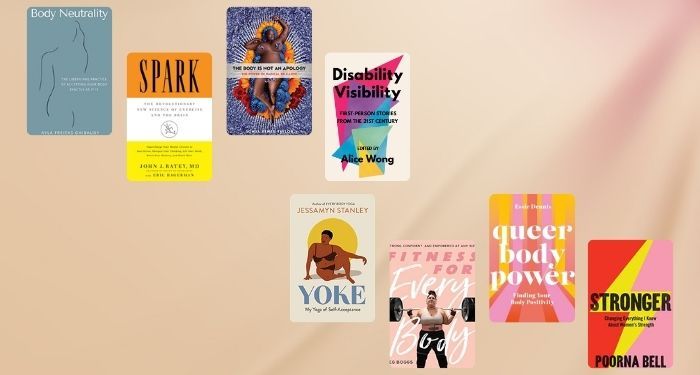
9 Books All Fitness Professionals Should Read
Gyms, group exercise, and boutique fitness. If you’re a fitness professional, these environments likely have mostly positive associations for you. It’s where you found your passion for exercise and where you now can share that with others. For me personally, I became a barre instructor because I loved the workout and wanted to help others find the mental and physical health benefits I so enjoyed from taking the class myself as a client.
But even as a teacher, I am fully aware that not everyone has such positive connections to exercise. Group fitness classes, especially the boutique fitness classes that have become popular in recent years, sort of have a reputation for being exclusionary. And that’s putting it mildly.
As more fitness companies become aware of this, more seem determined to create a more inclusive environment for people of all fitness levels, of all different sizes, and from all different backgrounds. With that being said, intention to change doesn’t change a narrative overnight. And as fitness professionals, if we want to cultivate an inclusive environment that makes exercise a more positive experience for everyone, there’s still a lot of work to do.
Of course, one of the major issues with the narrative around fitness is the language that has traditionally been used to frame exercise. Clients are told to come to class after holidays to work off a big meal. They’re told to hit the gym to get ready for swimsuit season. Frankly, this language is outdated and damaging, and it doesn’t take into account the myriad of reasons people actually show up to the gym or to a class to get a work out in.
So how do we shift our language about exercise to show up for the people who are actually coming into our studios and gyms? We need to acknowledge that every person has a unique relationship with their body and that weight loss doesn’t equal success to everyone. We need to acknowledge our clients who exist outside of the box of young, thin, able-bodied, and white. And we need to acknowledge that exercise isn’t a punishment we force upon ourselves after eating a big meal!
Simply put, as the face of the establishments we work for, fitness professionals need to put in the work to make our spaces a more positive and inclusive environment for everyone. These books can help us get there.
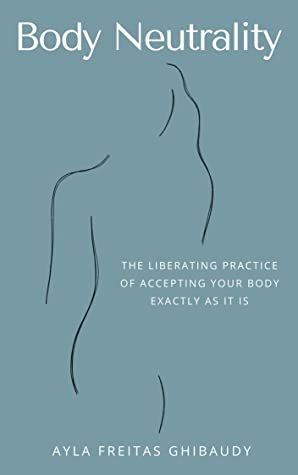
Body Neutrality by Ayla Freitas Ghibaudy
There’s been a lot of talk about “body positivity” lately, but that term can itself be a little exclusionary. In a world obsessed with diets and weight loss, not all of us are in a place where we love ourselves and our bodies as they are. The term “body neutrality” focuses on finding peace with your body and learning not to dwell so much on the way you look. It’s about radical acceptance and respect for your body, regardless of what it looks like, how you perceive it, and how others perceive it. This short but informative book is an enlightening look at body neutrality that can teach everyone — fitness instructor or not — how to liberate themselves from the struggle of negative body image.
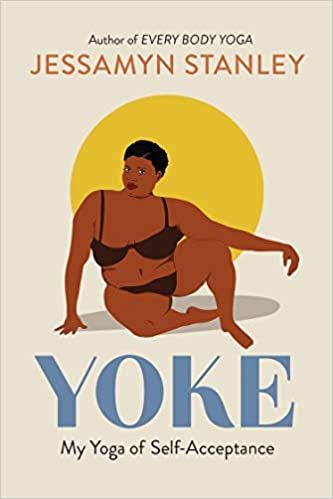
Yoke: My Yoga of Self-Acceptance by Jessamyn Stanley
For so many people who step into a fitness studio, it can feel like everything is a competition. It can feel like every move should be perfected. But in Yoke: My Yoga of Self-Acceptance, yoga teacher and body positivity advocate, Jessamyn Stanley, asserts that this is not the goal of yoga at all. Stanley uses the term “yoke” to describe the yoga of the everyday. This is yoga that’s not just about perfecting each pose, but rather applying what is learned on the mat to life. Through personal essays, Stanley explores many topics, from the difficulties of learning to love yourself to the overwhelming whiteness of yoga in Western culture.
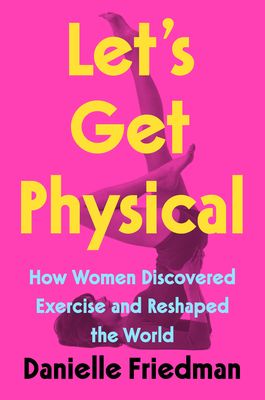
Let’s Get Physical by Danielle Friedman
When I read this book earlier this year, I was surprised to discover just how recent the whole physical fitness phenomenon was, especially for women. Let’s Get Physical is a fascinating exploration of the history of women and exercise. When physical activity first became popularized for women in the 1960s, it was seen as a beauty tool used to “reduce.” Now, for many women, exercise is a form of empowerment. But getting there has been a bumpy road, and this book looks at all of that history, the highs and the lows.
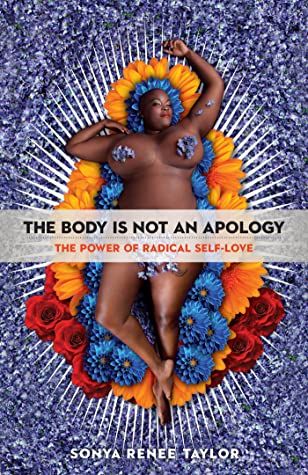
The Body is Not an Apology by Sonya Renee Taylor
Activist Sonya Renee Taylor believes that radical self-love has the power to change the world, and she’s showing readers how to find that self-love in her bestselling book The Body is Not an Apology. When we are able to set aside indoctrinated body shame, we are free to interrupt the systems that perpetuate body shame and oppression against all bodies, such as racism, sexism, ableism, homophobia, and transphobia.
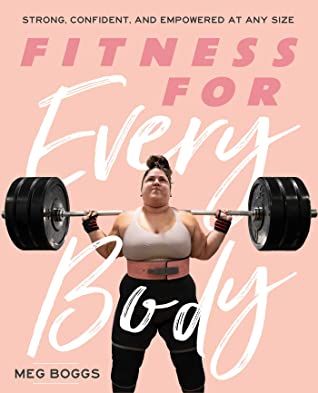
Fitness for Every Body by Meg Boggs
The typical message people receive from the fitness community is that plus sized means out of shape. But body positive Instagram influencer, Meg Boggs, wants to change that narrative. Fitness for Every Body is Boggs’ personal story of how she learned to reject diet culture and her preconceived notions about fitness and her body and instead embrace her body for what it is.
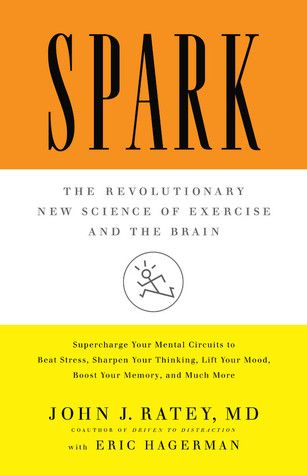
Spark: The Revolutionary New Science of Exercise and the Brain by John. J. Ratey, MD
There’s so much more to exercise than weight loss. In fact, exercise is really not the best method to lose weight. Instead, we should be focused on some of the more important benefits of exercise, like the mental benefits. Exercise is shown to help with stress, mood regulation, memory loss, and much more. In each chapter of Spark, John J. Ratey, MD, breaks down the many ways exercise helps our brains, from depression to ADD to addiction to aggression to menopause to Alzheimer’s and much more.
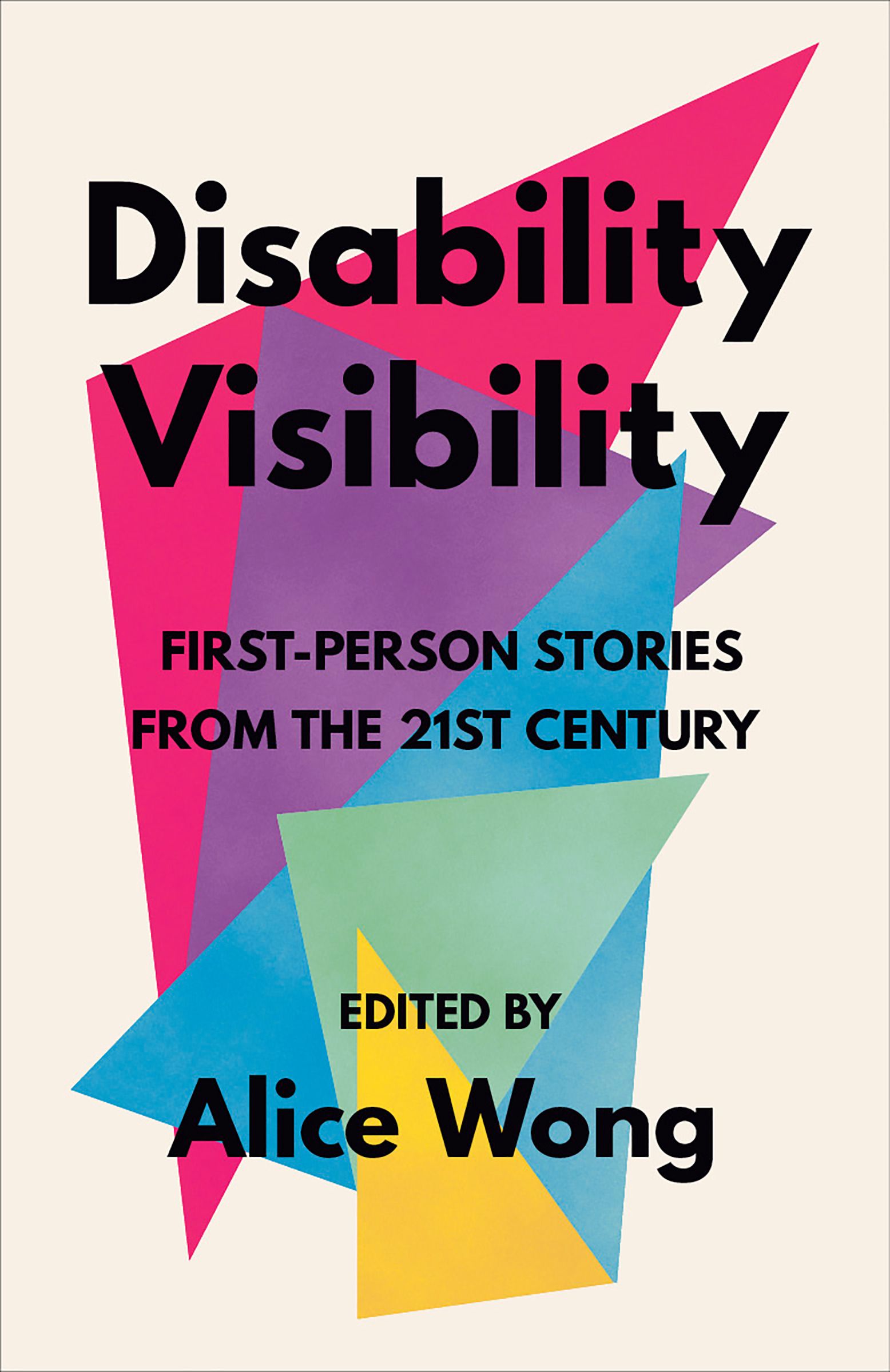
Disability Visibility by Alice Wong
One in five people in the United States lives with a disability, which means if you are a fitness professional, you’ve likely trained multiple people with disabilities. Maybe you even have a disability yourself. But fitness spaces aren’t especially well-known for accommodating disabled bodies, which is why it’s so important for us to be aware and to read books like Disability Visibility. This book, edited by Alice Wong, is a collection of essays from disabled authors that celebrates and examines the complexity of the disabled experience.
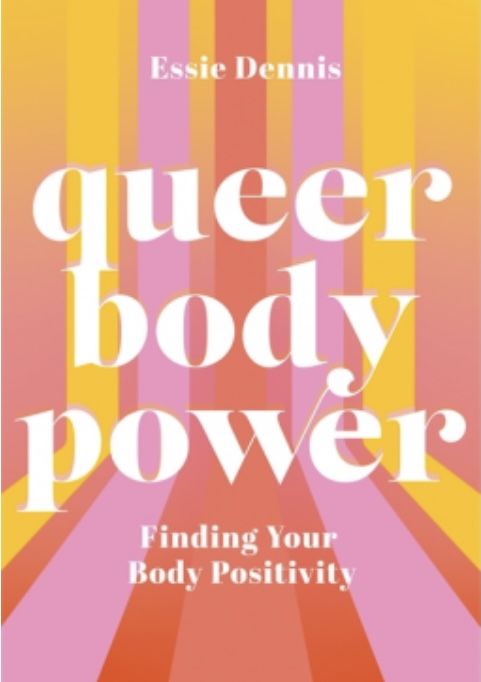
Queer Body Power by Essie Dennis
Essie Dennis is a queer, plus-sized person who grew up feeling like they weren’t enough. They weren’t queer enough or feminine enough or thin enough or beautiful enough. When Dennis got on social media to share their feelings, they discovered that many people felt the same. Queer Body Power is Dennis’ journey to self-acceptance of their gender, sexuality, and body. While there are many books out there that focus on positive body image, Queer Body Power specifically looks at body image and mental health from a queer perspective.
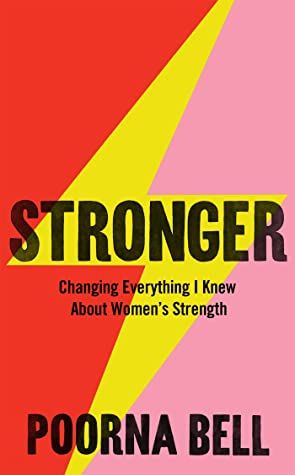
Stronger by Poorna Bell
For too long, women’s fitness has been focused on weight loss and not on building strength. Competitive powerlifter, Poorna Bell, wants to change that with her book Stronger: Changing Everything I Knew About Women’s Strength. Through writing about her personal journey, Bell challenges the notions about strength that are taught to women from childhood. This book examines intersections of gender, race, age and social background, and how that shifts perspectives on inner and outer strength. No matter how you seek to find your strength — be it through yoga, running, weight lifting, swimming, or whatever — Poorna Bell wants to show you how strength can work for you.
Opening up our minds to different perspectives on fitness, bodies, and health can change the way we interact with others, not just in the gym or in that boutique fitness studio — but everywhere. Looking for more enlightening book recommendations? You might also enjoy these books on body positivity.
And if you’re looking for even more resources for fitness professionals to combat toxic fitness culture, I highly recommend checking out the website Decolonizing Fitness.













